Family Life
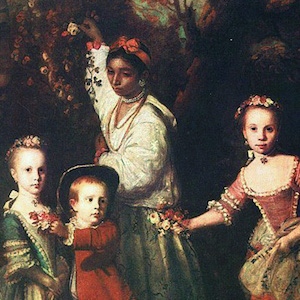
The Children of Edward Holden Cruttenden
This 18th-century painting of the children of Edward Cruttenden depicted with their ayah was painted in Britain by Joshua Reynolds. The earliest immigrants from India came to Britain as the servants of employees of the East India Company.
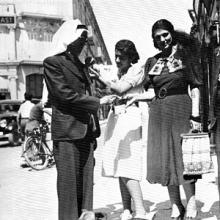
Analyzing Oral Histories
The modules in Methods present case studies that demonstrate how scholars interpret different kinds of historical evidence in world history. This module is based on a series of oral history interviews conducted in the mid-1990s.

Interview with Sa’ida Jarallah
Read the excerpt on this page of an oral history interview taken by Professor Ellen Fleischmann. In it, Sa’ida Jarallah, one of the first Palestinian Muslim women to study abroad, discusses her life, especially the social and cultural aspects of growing up as a young woman in the 1930s.
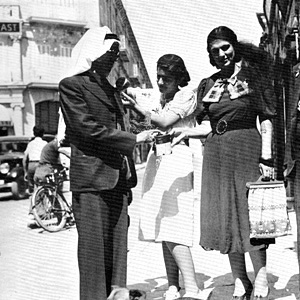
Fundraising for Palestinian Families in Jerusalem
This is a photograph of Palestinian women activists, shedding light on the political experience of women in Palestine. The leadership of the movement ended up mostly being single women because most of the women involved in the movement were married, had family responsibilities.
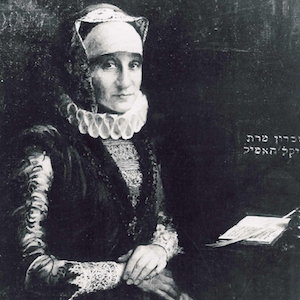
Excerpt from Memoirs by Glikl
The is a diary written by a Jewish merchant, Glikl of Hameln, a woman living in northern Germany in the 17th century.

20 June 1791, Anonymous Drawing
In this depiction of the King’s arrest, the Queen risks her body to save her son, the crown prince.

Fire Hair Shaving and Khwan Ceremony, Thailand
The text and photographs above describe a traditional Thai birth ritual that celebrates the child's reaching the milestone of one month old, at which time its survival seems more assured than at birth, and it becomes a full-fledged member of the family.
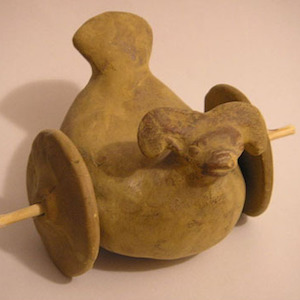
Indus Valley Wheeled Ram Toy
The hand-modeled, terracotta, wheeled figurine of a bird with a ram's head was excavated from an archaeological site in the Indus Valley called Mohenjo-daro, a city that flourished between 2600 and 1900 BCE.

Children and Daguerreotypes
Daguerreotypes were the first commercially viable photographic process. Developed by French chemist Louis Daguerre in 1839, the technique quickly made its way to the US in the 1840s, the beginning of what some historians characterize as the "golden age" of childhood.
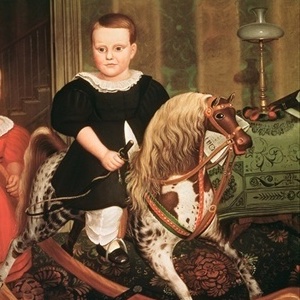
Hobby Horse
This oil on canvas painting by an unknown American folk artist was painted around 1840. It depicts two siblings at play.